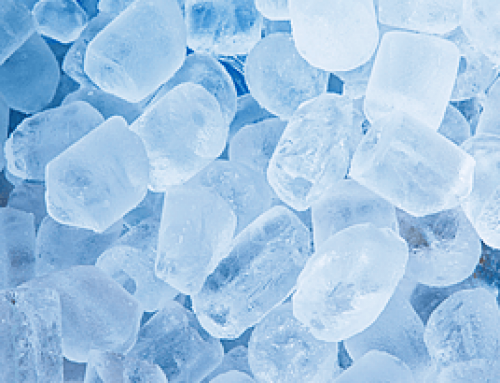Dry ice isn’t just for spooky ambiance at Halloween parties. This product has a wide variety of uses. Beyond the theatrical, dry ice is a solid form of carbon dioxide which has many applications. Between food storage, medical devices and transportation purposes, dry ice is an incredibly dynamic material.
Here are the 4 most common ways the commercial and industrial industries use dry ice:
1. The Medical Industry
Dry ice is widespread in the medical industry. For instance, in dermatology, carbon dioxide is often used as an alternative to liquid nitrogen for minor surgeries like mole removals, warts, and other skin imperfections. Further, doctors use dry ice to store biological samples as they can be kept fresh for long periods of time. In fact, dry ice is often a cost-effective solution for specialized freezers or in case of a power outage.
Indeed, we all remember movies when someone needs an organ transplant as soon as possible. Due to the time and temperature sensitive material, the container holding the organ likely would contain dry ice. Dry ice helps keep things like medical supplies, test samples, and organs at an even cool temperature. The best part? Dry ice eventually evaporates, so there’s no water residue left over, which could lead to potential contamination or bacteria build up.
2. The Food Industry
Due to strict regulations in food storage and preparation, dry ice has been an essential tool in commercial kitchens, restaurants, and supermarkets. Dry ice is beneficial in the bacterial removal of mildew and mold found in places that handle food regularly. Remaining as sanitary as possible is one of the most important parts of working in a kitchen. Since dry ice helps remove the source of bacteria, it can prevent foodborne disease or allergic reactions.
Dry ice is also pivotal in food storage. Both restaurants and supermarkets use dry ice to keep food fresh in storage and for display in open containers for long periods of time. However, although using dry ice is standard practice in the food industry, it also can be dangerous. For safety purposes, be sure to keep areas well ventilated, and do not have it come in direct contact with your skin.
3. Shipping Goods
Have you seen the ads for pre-prepared food being sent directly to your home? Have you ever ordered live lobster? In today’s shipping economy, perishable items need to stay cold throughout the journey. Dry ice is an excellent item in various forms utilized for food transportation.
Dry ice can form in blocks, slabs, pellets, or chips, depending on the size and shape of the item shipped.
4. Dry Ice Blasting
When not in a solid form, dry ice is an effective cleaning solution. When used with compressed air, dry ice sprays in small pellets onto the intended surface. Interestingly, the cold air shrinks dirt particles in the process, thus making cleanup a lot easier. In this form, it is also considered a “green” product because it does not create secondary waste. When applied correctly, dry ice blasting is non-abrasive as well and works on a variety of surfaces.
Dry ice is a beneficial tool in the modern-day workplace. Due to its different forms, dry ice works with an incredible amount of materials across a broad scope of workplaces. It’s no wonder that doctors, restaurant owners, shipping companies and more, rely on dry ice and it’s many applications to help ensure health, safety and make things run smoothly.







We need dry ice in Deoria
Pin ..274001